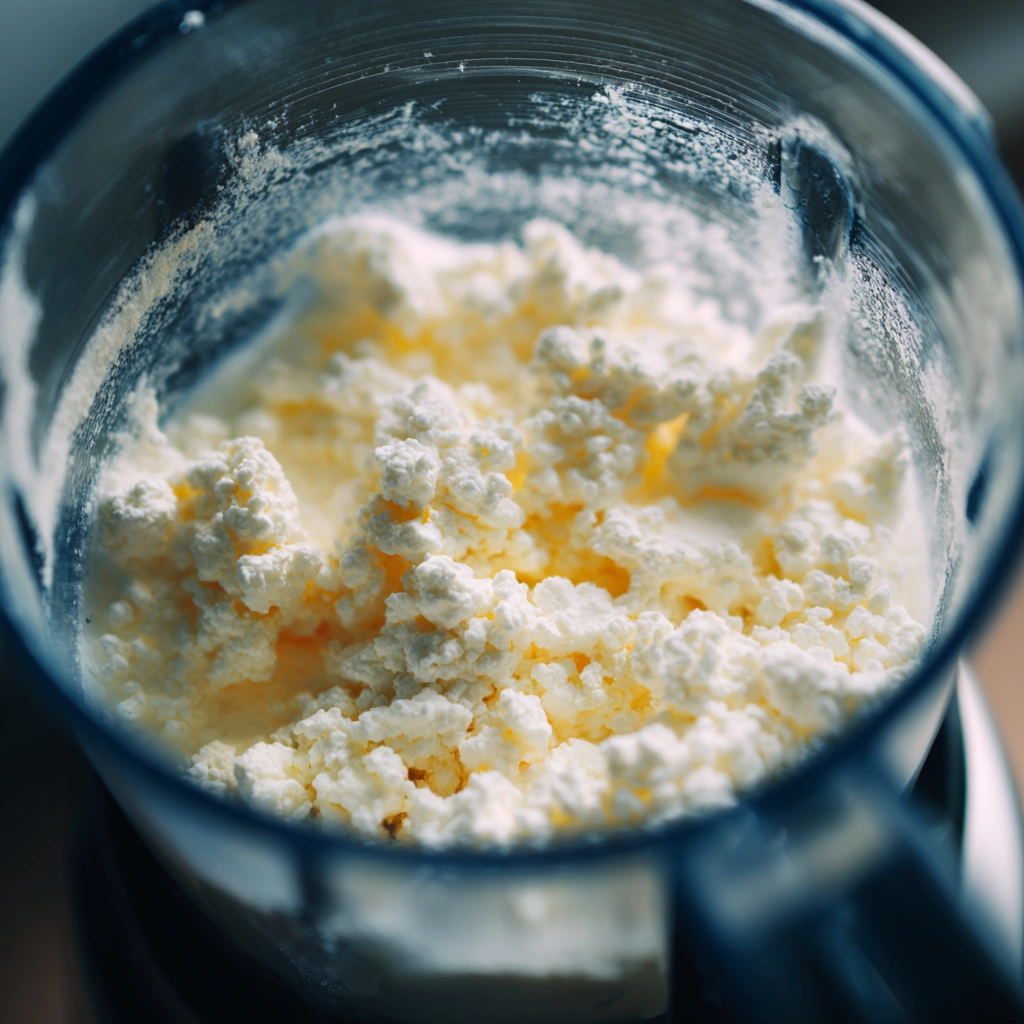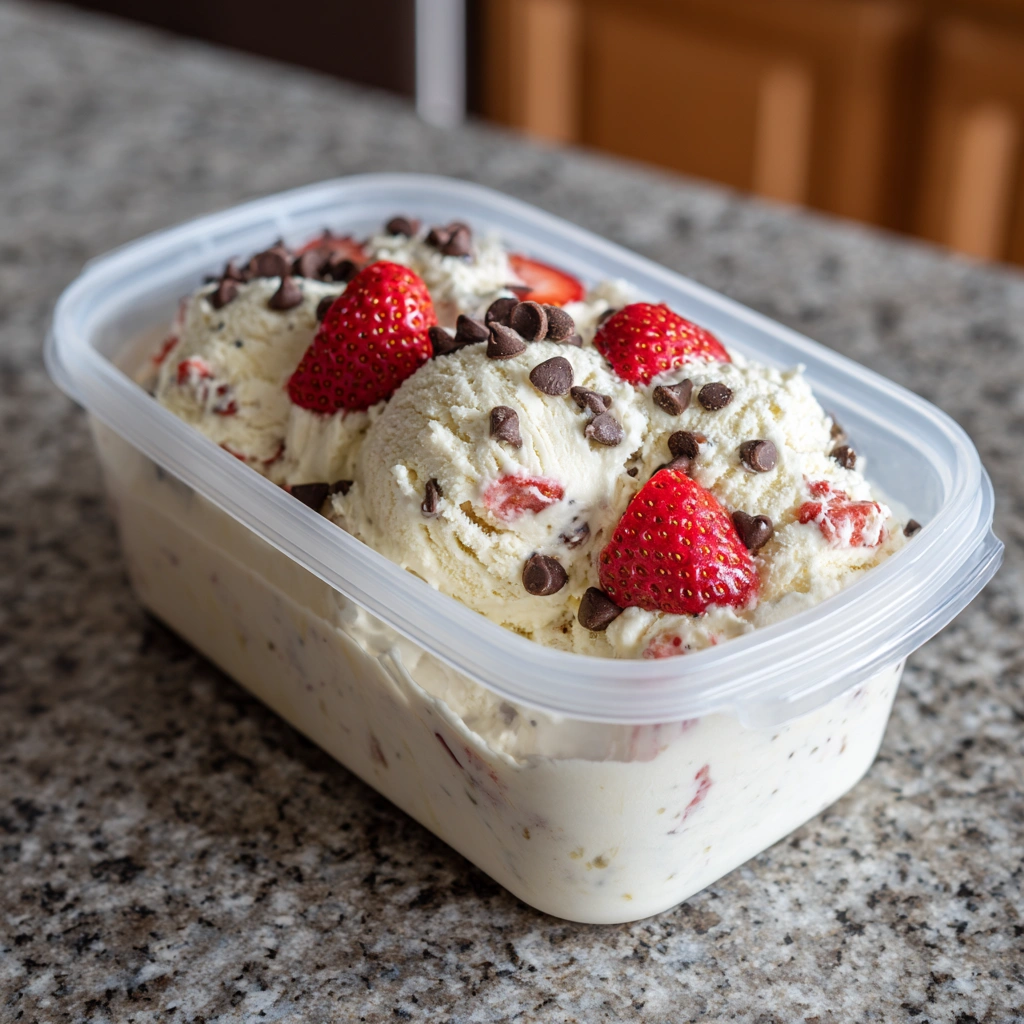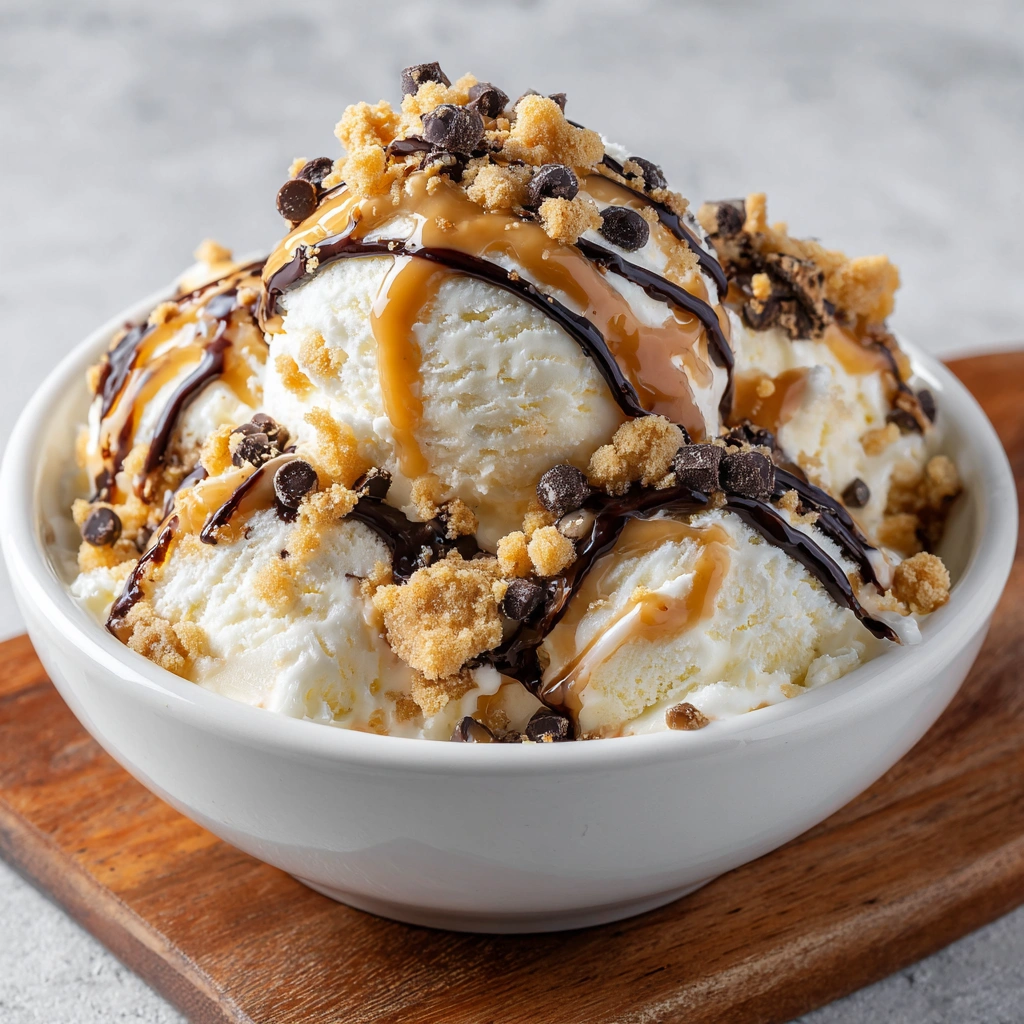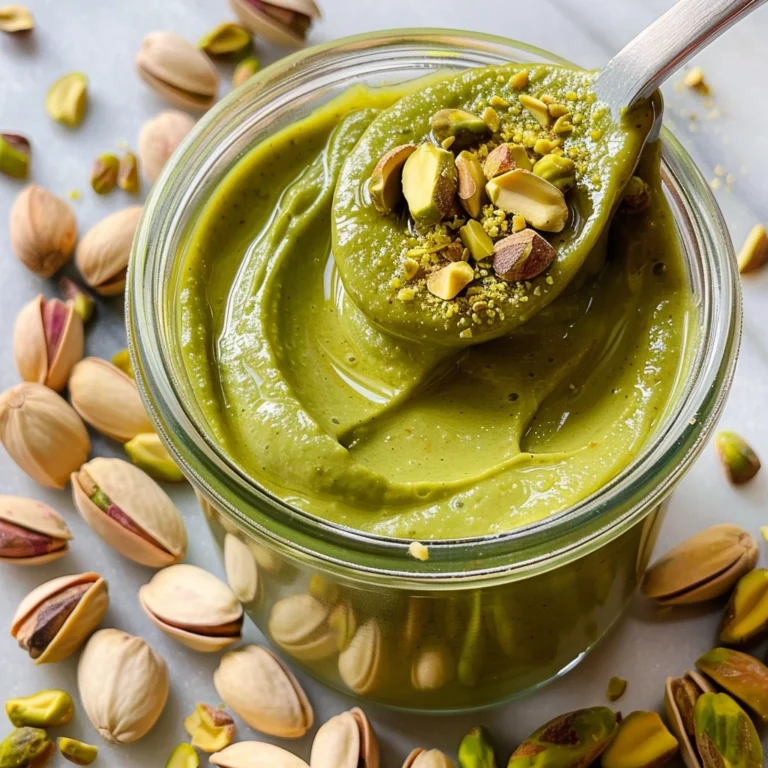Cottage Cheese Ice Cream: The Creamy, High-Protein Dessert You Need to Try

There was a time when ice cream lovers thought indulgence and health couldn’t coexist. Then came cottage cheese ice cream — a creamy, protein-rich treat that’s turning heads in kitchens and on social media. Imagine enjoying the smooth, velvety texture of your favorite frozen dessert while knowing you’re fueling your body with nutrients. For many, it all started with a late-night TikTok scroll or a friend’s daring kitchen experiment. But now, cottage cheese ice cream isn’t just a trend. It’s becoming a staple for health-conscious foodies and dessert enthusiasts alike.
In this article, you’ll discover everything you need to know about cottage cheese ice cream: from why it’s gaining popularity, how to make it perfectly creamy at home, tips to avoid icy textures, to answering the most common questions people ask. Ready to churn up something delicious? Let’s dive in!
Table of Contents
The Rise of Cottage Cheese Ice Cream
Why Cottage Cheese Ice Cream is Gaining Popularity
The explosion of cottage cheese ice cream is no accident. As more people seek healthier alternatives to traditional desserts, this high-protein option offers the perfect balance. Unlike conventional ice creams loaded with refined sugars and heavy creams, cottage cheese brings a naturally creamy texture and impressive nutritional profile to the table. Fitness influencers, dietitians, and home cooks have embraced it, sharing countless variations that showcase its versatility.
Social media platforms, particularly TikTok and Instagram, have played a massive role in its rise. Viral videos demonstrate just how simple it is to blend cottage cheese with natural sweeteners, fruits, and flavorings to create a delicious dessert that rivals your favorite store-bought brand. With growing awareness of protein’s role in satiety and muscle maintenance, cottage cheese ice cream is becoming a go-to option for guilt-free indulgence.
Health Trends Driving the Demand for High-Protein Frozen Desserts
Health-conscious consumers are driving a revolution in how we view desserts. Today’s shoppers read labels closely, seeking out treats that offer more than empty calories. Enter high-protein frozen desserts like cottage cheese ice cream. Packed with casein protein, it provides a slow-digesting, muscle-repairing fuel that fits perfectly into post-workout routines or balanced meal plans.
Low-carb and keto communities also favor this treat, thanks to its lower sugar content and higher protein-to-carb ratio. Moreover, those with mild lactose sensitivities often tolerate cottage cheese better than cream-based ice creams. As a result, cottage cheese ice cream doesn’t just cater to fitness buffs—it appeals to anyone looking to enjoy dessert without compromising their health goals.
Before we continue, Discover great ideas like Cottage Cheese Quesadilla for another creative way to use cottage cheese in your meals.
Understanding Cottage Cheese as an Ice Cream Base
The Science Behind Using Cottage Cheese in Ice Cream

At first glance, cottage cheese might seem like an odd choice for ice cream. After all, we typically associate it with savory dishes or simple breakfasts. But when you dive into the science, cottage cheese makes perfect sense as a creamy frozen dessert base. Its unique curd structure, rich protein content, and natural fat make it an ideal candidate for blending into a smooth consistency. When pureed, those tiny curds break down into a rich, velvety texture that mimics traditional ice cream’s luxurious mouthfeel.
Additionally, cottage cheese contains casein protein, which plays a role in creating that desirable creamy body. Unlike whey, which separates during freezing, casein helps stabilize the mixture, reducing the formation of large ice crystals that typically cause grainy or icy textures in homemade frozen desserts. When combined with sweeteners, flavor extracts, or fruits, cottage cheese transforms into a luscious frozen treat that’s both satisfying and nutritious.
Nutritional Benefits of Cottage Cheese Ice Cream
What truly sets cottage cheese ice cream apart is its impressive nutritional profile. Regular ice cream can be packed with sugar and saturated fat, but cottage cheese ice cream flips the script. A single serving delivers a hefty dose of protein, often reaching 15 to 20 grams depending on the recipe. This makes it a favorite among fitness enthusiasts who crave a sweet reward without derailing their macros.
It’s not just about protein, though. Cottage cheese also offers essential nutrients like calcium, phosphorus, B vitamins, and potassium, all vital for bone health and muscle function. For those watching their sugar intake, using natural sweeteners like honey, maple syrup, or even stevia helps keep the dessert lower in added sugars compared to store-bought varieties. Even better, cottage cheese ice cream can be customized for different dietary needs—whether you’re aiming for low-carb, gluten-free, or high-fiber, there’s a version for you.
Looking for inspiration? Try the delicious high-protein twist with this Protein Bagel Recipe with Greek Yogurt
Why Cottage Cheese Ice Cream Might Be Better Than Traditional Ice Cream
Many dessert lovers can’t imagine ice cream without heavy cream and sugar. But cottage cheese ice cream is challenging that belief—and winning over skeptics one creamy scoop at a time.
Texture, Taste, and Creaminess Compared
Traditional ice cream has long been praised for its ultra-smooth, decadent texture. Thanks to heavy cream and egg yolks, it melts luxuriously on the tongue. But cottage cheese ice cream proves you can get creamy results without all that fat. When blended, cottage cheese curds break down into a surprisingly smooth base. While it might not match the exact silkiness of premium ice cream, it offers a rich, satisfying creaminess that surprises first-time tasters.
Taste-wise, cottage cheese ice cream brings a refreshing twist. Its mild tang pairs beautifully with a wide range of flavors. Whether you add vanilla, chocolate, peanut butter, or fresh fruit, the result is a balanced sweetness that doesn’t overpower your palate. Unlike some commercial ice creams that leave you with a sugary aftertaste, cottage cheese ice cream feels lighter and cleaner, allowing the natural flavors to shine.
Calorie Count, Protein Content, and Nutritional Comparison
Nutritionally, cottage cheese ice cream takes a clear lead. Regular ice cream can quickly load you up with calories, saturated fat, and sugar. Cottage cheese ice cream flips the script by delivering more protein, fewer calories, and significantly less sugar.
Here’s how they compare:
| Nutritional Factor | Traditional Ice Cream (½ cup) | Cottage Cheese Ice Cream (½ cup) |
|---|---|---|
| Calories | 300 | 180 |
| Protein | 5g | 15g |
| Sugar | 25g | 8g |
| Fat | 20g | 5g |
That protein boost is a game-changer for anyone aiming to build muscle, support recovery, or simply stay fuller longer. Plus, the lower sugar content means fewer energy crashes, making it a smarter option for both fitness enthusiasts and anyone trying to cut back on sweets.
Step-by-Step Recipe for Homemade Cottage Cheese Ice Cream

Ingredients You Need to Make Cottage Cheese Ice Cream
Creating cottage cheese ice cream at home is easier than you might think. You don’t need expensive equipment or long ingredient lists. With just a few simple ingredients, you can whip up a batch of creamy, high-protein ice cream right in your kitchen. Here’s what you’ll need:
- 2 cups full-fat cottage cheese (small curd for best blending)
- ¼ cup honey or maple syrup (adjust for sweetness)
- 1 teaspoon pure vanilla extract
- Pinch of salt
- Optional mix-ins: fresh berries, nut butters, cocoa powder, or dark chocolate chips
This basic recipe offers a perfect balance of creaminess and sweetness, with endless room for creativity. You can easily customize it to fit your flavor cravings or dietary goals.
Print
Cottage Cheese Ice Cream
- Total Time: 10 minutes prep + freezing time
- Yield: 4 1x
Description
You only need 4 simple ingredients to make this viral cottage cheese ice cream! It’s super creamy, thick and packed with over 20 grams of protein!
Ingredients
- 2 cups full-fat cottage cheese (small curd)
- ¼ cup honey or maple syrup (adjust to taste)
- 1 teaspoon pure vanilla extract
- Pinch of salt
- Optional: fresh berries, cocoa powder, nut butter, dark chocolate chips
Instructions
- Add cottage cheese, sweetener, vanilla extract, and salt into a high-powered blender or food processor.
- Blend on high speed for 1-2 minutes until completely smooth and creamy.
- Pour mixture into a freezer-safe, airtight container.
- Gently fold in optional mix-ins like fruit or chocolate chips.
- Smooth the top and cover tightly.
- Freeze for at least 4 hours, preferably overnight for best texture.
- Let sit at room temperature for 5-10 minutes before scooping and serving.
Notes
- Use full-fat cottage cheese for the creamiest results.
- Customize with your favorite flavors and toppings.
- Prep Time: 10 minutes
- Cook Time: 4-8 hours
Step-by-Step Instructions for Perfect Cottage Cheese Ice Cream
Start by adding the cottage cheese, sweetener, vanilla extract, and salt into a high-powered blender or food processor. Blend on high speed for 1-2 minutes until completely smooth. The goal is a silky, lump-free texture that mimics traditional ice cream’s rich consistency.
Next, pour the blended mixture into a freezer-safe container. If you’re adding any optional ingredients like fruit or chocolate, gently fold them in now. Smooth out the surface with a spatula, then cover tightly to prevent ice crystals from forming.
Place the container in your freezer for at least 4 hours. For best texture, freeze overnight. When you’re ready to serve, let the ice cream sit at room temperature for 5-10 minutes for easier scooping and creamier texture.
Expert Tips to Avoid Icy Texture in Cottage Cheese Ice Cream
Common Mistakes That Cause Icy Texture
One of the most common complaints with homemade cottage cheese ice cream is an icy or grainy texture. While cottage cheese offers plenty of creaminess, a few missteps can quickly ruin that smooth consistency. The biggest culprit is improper blending. If curds aren’t fully broken down, they’ll freeze into unpleasant ice crystals.
Another mistake is skipping stabilizers or binders. Traditional ice cream relies on fat and emulsifiers to maintain a creamy texture during freezing. Without enough fat, water separates and forms large ice crystals. Using full-fat cottage cheese helps, but blending in ingredients like nut butter, banana, or even a splash of cream can dramatically improve consistency.
Freezing too quickly or unevenly is another problem. If your freezer is too cold or you’re using a shallow container, the mixture can freeze from the outside in, causing uneven crystal formation. Always freeze in airtight, deep containers to allow even cooling.
Pro Techniques for Smooth and Creamy Results
Luckily, a few simple techniques can transform your homemade cottage cheese ice cream into a store-bought-quality dessert. First, always use a high-powered blender or food processor. The smoother your base, the better your final texture will be.
Adding small amounts of natural stabilizers like honey, maple syrup, or even a teaspoon of vodka can help prevent ice crystallization. The alcohol lowers the freezing point, keeping your ice cream softer and more scoopable.
Finally, let the ice cream rest before serving. Allowing it to sit at room temperature for 5 to 10 minutes makes scooping easier and helps revive its creamy texture. For best results, avoid repeated thawing and refreezing, which can break down the structure and increase iciness.
Flavor Variations to Elevate Your Cottage Cheese Ice Cream

Fruity Flavors: Strawberry, Blueberry, Mango
One of the best things about cottage cheese ice cream is its versatility. You can easily customize it with fresh fruits for a refreshing, naturally sweet twist. Strawberries blend beautifully with cottage cheese, offering a bright, tangy flavor that complements the mild base. Just add a handful of fresh or frozen strawberries to the blender with your base ingredients for a creamy strawberry delight.
Blueberries are another great option. Their subtle sweetness and antioxidant-rich profile make them a popular choice for health-conscious dessert lovers. For an exotic spin, mango adds tropical sweetness and a vibrant color that makes every scoop feel like a mini vacation.
Fruits not only add flavor but also contribute extra nutrients, fiber, and natural sweetness, allowing you to cut back on added sugars.
Indulgent Options: Chocolate, Peanut Butter, Cookies & Cream
For those craving a richer, more indulgent treat, cottage cheese ice cream can handle decadent flavors just as well. Adding unsweetened cocoa powder or melted dark chocolate creates a guilt-free chocolate fix. Combine that with a drizzle of peanut butter for a protein-packed, candy-bar-like experience.
Cookies & cream is another crowd-pleaser. Crumble in a few of your favorite chocolate sandwich cookies to recreate the classic flavor profile. The creamy cottage cheese base balances the sweetness, giving you the taste of your favorite store-bought indulgence with a healthier twist.
These indulgent variations prove that cottage cheese ice cream isn’t just for the fitness crowd—it’s a dessert everyone can enjoy, no matter their flavor preferences.
Storage and Freezing Tips for Best Cottage Cheese Ice Cream Results
Ideal Freezing Time for Perfect Texture
Getting the freezing process right is crucial for creamy cottage cheese ice cream. Once you’ve blended your mixture, transfer it immediately into an airtight, freezer-safe container. A deep, narrow container works best because it allows for more even freezing. Spread the mixture evenly to avoid air pockets that can lead to ice crystals.
Ideally, freeze your cottage cheese ice cream for at least 4 hours. However, for the best scoopable consistency, overnight freezing (around 8-10 hours) is recommended. This allows the proteins and fats in the cottage cheese to stabilize fully, resulting in a smoother texture. Keep your freezer set to a steady temperature (around 0°F or -18°C) to ensure even freezing throughout.
How to Store Cottage Cheese Ice Cream for Freshness
Proper storage can make or break your cottage cheese ice cream experience. Always cover your container tightly to prevent freezer burn, which occurs when moisture escapes and ice crystals form on the surface. Plastic wrap placed directly on top of the ice cream before sealing the lid can add an extra layer of protection.
Once frozen, cottage cheese ice cream can maintain its flavor and texture for up to two weeks. After that, you might notice changes in texture as more ice crystals form over time. Avoid frequent thawing and refreezing, as this process breaks down the creamy structure and introduces more unwanted iciness.
FAQs About Cottage Cheese Ice Cream
Does Cottage Cheese Ice Cream Really Taste Good?
Yes, cottage cheese ice cream can taste surprisingly good! Its creamy base pairs well with a wide range of flavors, from fruits to chocolate to nut butters. While it carries a mild tang from the cottage cheese, most people find that once blended with sweeteners and flavorings, it closely mimics the rich, creamy taste of traditional ice cream. Many first-timers are shocked at how delicious and satisfying it is, especially considering its healthier profile.
Can You Use Cottage Cheese in Ice Cream?
Absolutely. Cottage cheese works wonderfully as a base for ice cream due to its high protein content and creamy texture when blended. The curds break down smoothly in a blender, creating a rich, thick base that’s perfect for freezing. Its natural tang also enhances certain flavors, making it a versatile ingredient for both fruity and indulgent ice cream recipes.
Why Is My Cottage Cheese Ice Cream Icy?
If your cottage cheese ice cream turns out icy, it’s likely due to incomplete blending or improper freezing. The key is to fully blend the cottage cheese until it’s completely smooth, leaving no curds. Using full-fat cottage cheese and adding ingredients like honey, nut butter, or a small amount of alcohol can also help prevent ice crystals. Even freezing in a deep, airtight container helps maintain a creamier texture.
How Long Does It Take for Cottage Cheese Ice Cream to Freeze?
Typically, it takes about 4 to 6 hours for cottage cheese ice cream to freeze to a firm consistency. However, freezing it overnight (8-10 hours) yields the best texture. Allow it to sit at room temperature for a few minutes before scooping to soften slightly and bring out the full creamy texture.
Conclusion and Final Thoughts on Cottage Cheese Ice Cream
Why You Should Give This Trendy Treat a Try
Cottage cheese ice cream isn’t just a fleeting social media trend—it’s a smart, delicious way to enjoy dessert without compromising your health goals. With its high protein content, lower sugar levels, and customizable flavors, it offers something traditional ice cream often can’t: true guilt-free indulgence. Whether you’re craving fruity, chocolatey, or nutty flavors, this frozen treat adapts beautifully to your preferences while delivering serious nutritional benefits.
Final Recommendations for Best Homemade Results
To master cottage cheese ice cream at home, focus on blending your mixture until completely smooth, using full-fat cottage cheese, and freezing it properly in airtight containers. Don’t be afraid to experiment with different flavors and natural sweeteners to create your perfect combination. With a little practice, you’ll have a creamy, protein-packed dessert ready whenever your sweet tooth strikes.
For more recipes follow our Facebook and Pinterest .






